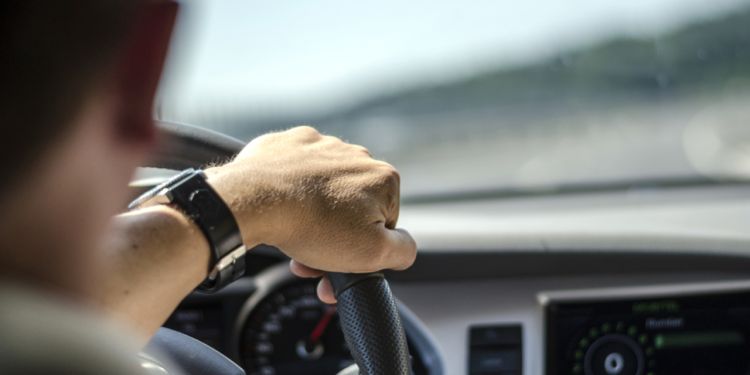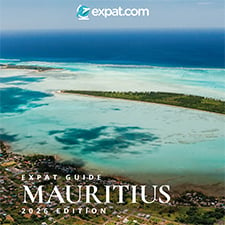Driving in Mauritius

Driving in Mauritius is a good idea if you're looking to settle there and explore the island. It can be a bit stressful, but not too tedious if you know what to expect. Below is some information regarding the road network and traffic regulations in Mauritius.
Road network
On the whole, the major roads such as highways in Mauritius are in good conditions, as are most of the main roads around the island. A lot of road work has improved the existing road network and traffic flow around the capital and other hubs such as Quatre-Bornes, although traffic is still somewhat of a problem at peak hours.
There are road signs on the main roads, but those are not always consistent on smaller and secondary roads. The GPS usually works but is not always accurate. However, do not hesitate to ask a local for help, as Mauritians are usually friendly and do not mind giving directions.
The traffic regulations
People drive on the left in Mauritius, and therefore priority is given to traffic coming from the right. The average speed limited is 40 km/h in the city, 80 km/h on the main roads, and 110 km/h on some parts of the highway.
Driving manuals are readily available in English and French in most bookstores and small shops. It is important to pay attention when driving around the roundabouts and in town, as many people will cut in front of you when it's not their right of way. Most roads do not have a designated bus area, meaning that buses tend to cause a lot of traffic, and do not always respect traffic regulations.
A driving licence for a regular vehicle cannot be automatically converted to include heavy goods vehicles. To be able to drive those types of vehicles, another driving test is required specifically for those types of vehicles.
Importing your car
Importing your car to Mauritius is an option, but is an expensive process. However, many prefer to do so as the alternative is to purchase a car in Mauritius which can also be quite expensive.
In order to import your car to Mauritius, it must have been registered in the owner's name, in their country of residence, and at least six months before their arrival in Mauritius. The fees to import a vehicle is on average EUR 3,000.
Some people import their car even though the steering wheel is on the left. Since driving is on the left-hand side in Mauritius, this can get a bit confusing for the driver, and therefore dangerous. If you intend to import a left-side steering wheel vehicle, a certification from the National Transport Authority (NTA) is required to be able to drive the car in Mauritius. The NTA may also require that you pay a 15% tax on the 'Cost, Insurance and Freight' (CIF) and 15% VAT.
Buying a car
If you purchase a car by going through car dealership services, all formalities will be taken care of. However, if you decide to purchase the vehicle directly from its previous owner, they must give you the following documents:
- Registration book (Horsepower)
- Two originals of the Deed of Sale
- A 'Certificat de Gage' (proof of full payment of the car), obtained from the NTA
You need to go to the Registrar Building in Port Louis with these documents and pay the registration fees associated with the purchase of the vehicle, and then afterwards collect your car's registration card from the NTA. Most brands can be found in Mauritius, however maintenance of European cars (Peugeot, Renault, BMW, Mercedes, Rover, Ford, Volkswagen) are expensive. Asian brands (Toyota, Honda, Nissan, Mitsubishi, Mazda, Hyundai, Suzuki, KIA) are the most popular in Mauritius, and spare parts for these brands are more readily available, and thus more affordable.
Car dealerships usually deal with banks or other financial institutions. It is a common practice to take out loans to buy cars in Mauritius, or lease them.
Useful links:
National Transport Authority
MRA ' Importation of Vehicle
Leal
Axess
Toyota
Hyundai










